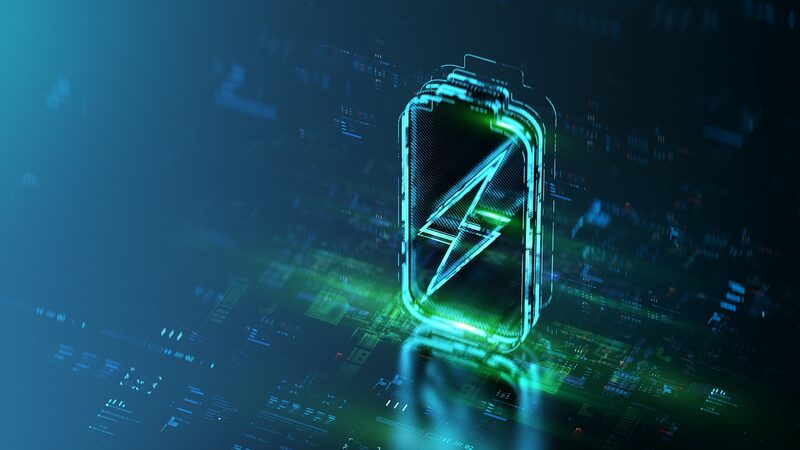Chinese researchers have just taken a giant leap in battery technology, developing a high-energy-density aqueous battery that's set to revolutionize the game! 🚀
Traditionally, lithium-ion batteries pack a punch when it comes to energy, but they come with a fiery downside—their flammable organic electrolytes. 🔥 Not cool, right?
Enter aqueous batteries! 💧 These batteries use water as the electrolyte solvent, making them way safer. But here's the catch—they usually store less energy. Bummer! 😕
But wait! A brilliant team led by Li Xianfeng from the Dalian Institute of Chemical Physics has cracked the code! 🧪🧠 They've created a multielectron transfer cathode using bromine and iodine, achieving a whopping specific capacity of over 840 ampere-hours per liter. 🌟
How did they do it? They mixed iodide and bromide ions as the electrolyte, enabling a multielectron transfer reaction. In simple terms, they found a way to move more electrons, boosting the battery's capacity! 💡
By pairing this with metallic cadmium, they formed a full battery that reaches an energy density up to 1,200 watt-hours per liter. That's huge! ⚡️
This breakthrough not only makes aqueous batteries more powerful but could also pave the way for safer, high-capacity batteries in everything from smartphones to electric cars. 🚗📱
\"This study provides a new direction for the design of high-energy-density aqueous batteries,\" said Li. \"It may expand aqueous battery applications in the power battery field.\"
Looks like the future of energy storage just got a whole lot brighter! 🌞
Reference(s):
Chinese researchers develop high-energy-density aqueous battery
cgtn.com




